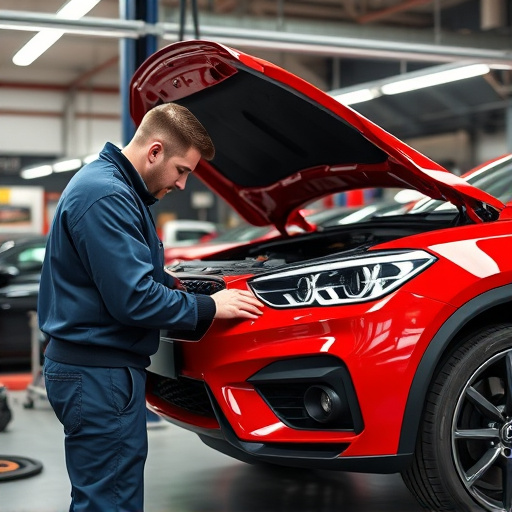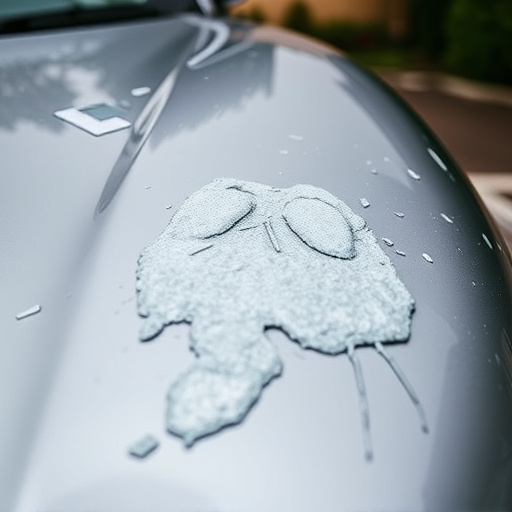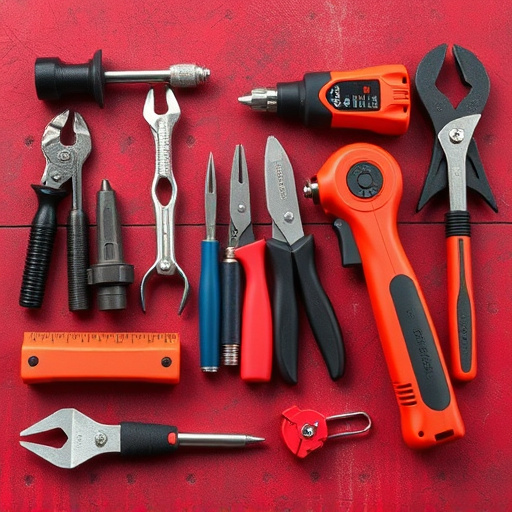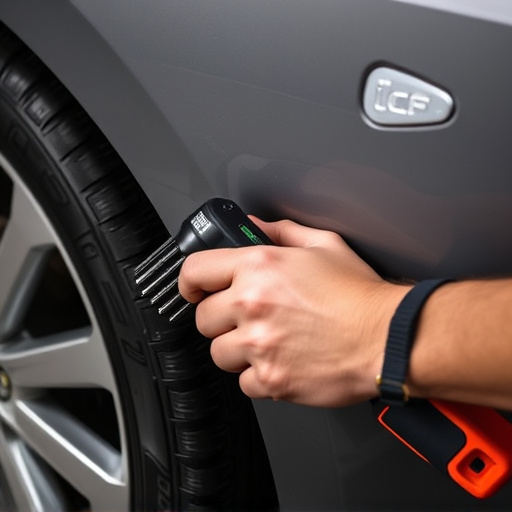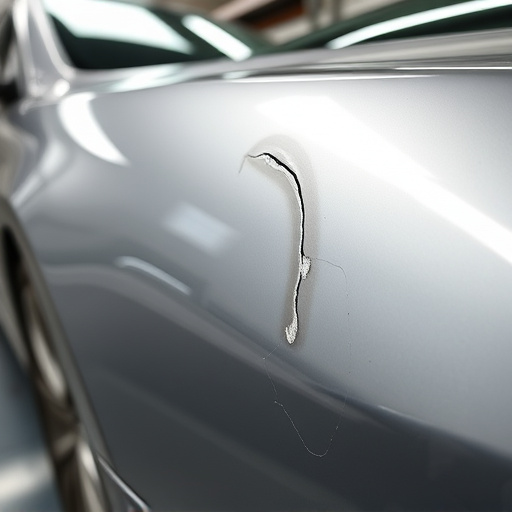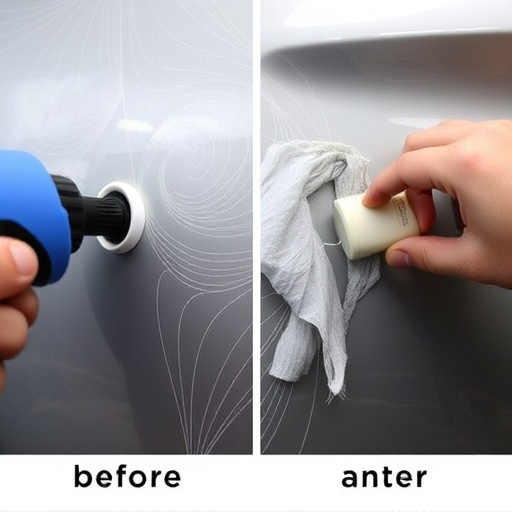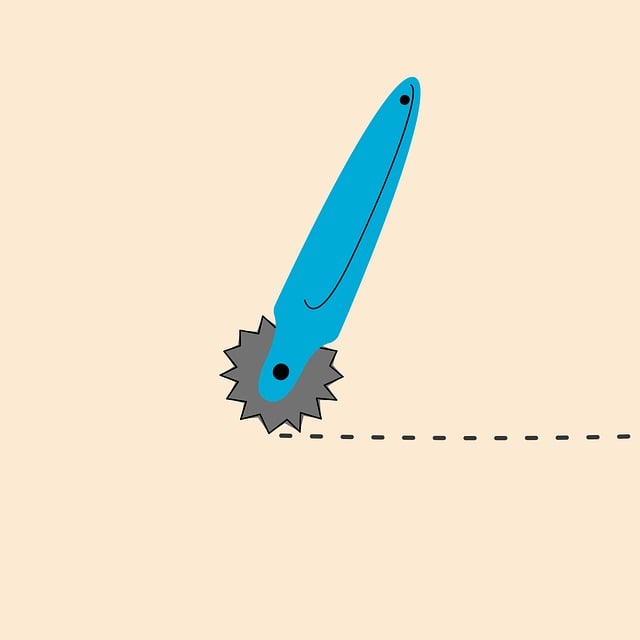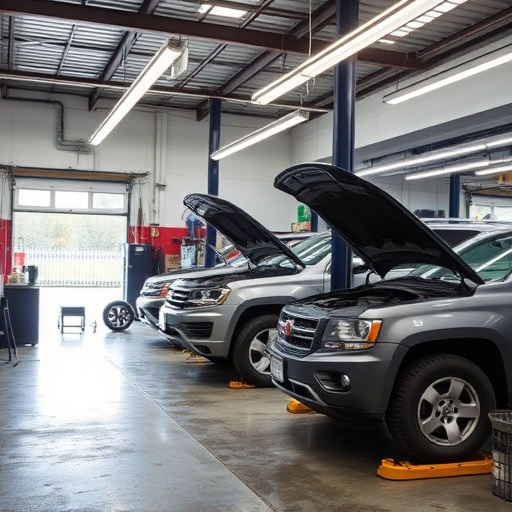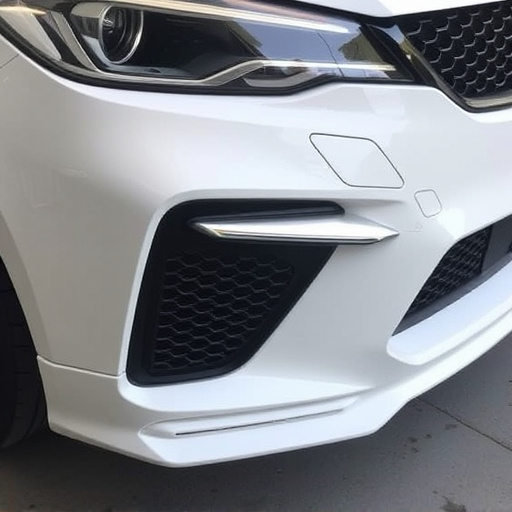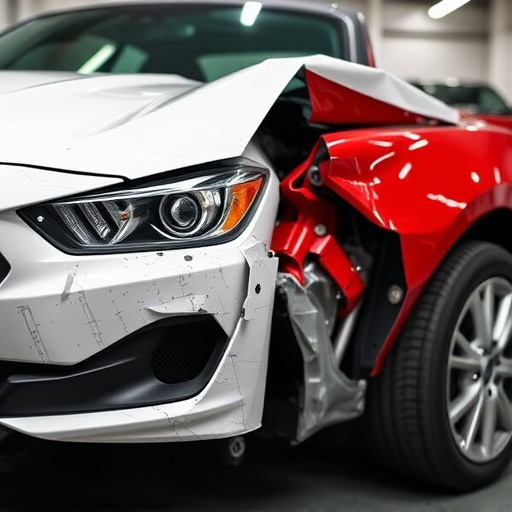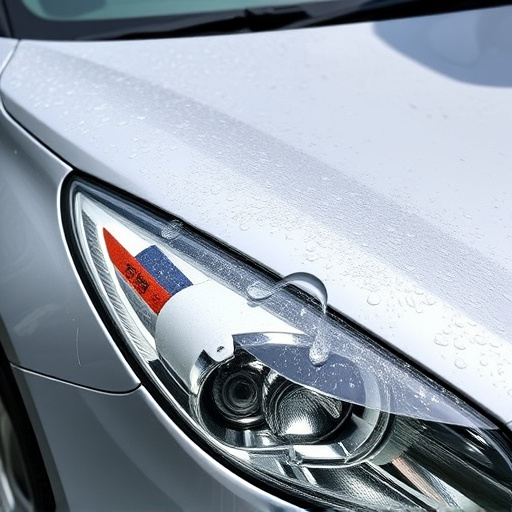Adhesive bonding techniques have revolutionized industries by providing strong, reliable, and often invisible connections, ideal for aesthetic and structural integrity applications. Specialized adhesives cater to diverse substrates such as plastics, metals, glass, and composites, each designed for specific performance requirements like strength, durability, and environmental resistance. In automotive restoration, adhesive bonding is crucial for panel bonding, gap sealing, and component securing, ensuring water tightness and corrosion protection. Selecting the right adhesive requires understanding material compatibility, environmental conditions, and application needs. Common adhesives include cyanoacrylate, epoxy, and polyurethane, each suited to different tasks and environments.
Selecting the perfect adhesive is key to mastering any bonding technique, ensuring durability and long-lasting results. This article guides you through the intricate world of adhesive bonding, offering insights into diverse techniques and their applications. We’ll explore critical factors influencing your choice, from material compatibility to environmental conditions. Moreover, discover common adhesive types tailored for specific use cases, empowering you to make informed decisions for your next project.
- Understanding Adhesive Bonding Techniques and Their Applications
- Factors to Consider When Choosing the Right Adhesive
- Common Types of Adhesives and Their Ideal Use Cases
Understanding Adhesive Bonding Techniques and Their Applications

Adhesive bonding techniques have revolutionized various industries by offering a strong and reliable method for joining materials. Unlike traditional fastening methods like nails or screws, adhesive bonding provides a seamless and often invisible connection, making it ideal for applications where aesthetics and structural integrity are paramount. These techniques involve using specialized adhesives to create bonds between different substrates, such as plastics, metals, glass, and composites. Each adhesive type is designed to cater to specific requirements, ensuring optimal performance in terms of strength, durability, and resistance to environmental factors.
In the automotive industry, for instance, adhesive bonding plays a crucial role in vehicle restoration and car damage repair. It’s used extensively for bonding panels, sealing gaps, and securing components during the manufacturing process and repairs. The right adhesive ensures structural integrity, water tightness, and corrosion protection, contributing to the longevity and safety of vehicles. Understanding these bonding techniques and their applications is essential for professionals seeking to achieve precise and long-lasting results in projects ranging from automotive repair to intricate craft projects.
Factors to Consider When Choosing the Right Adhesive
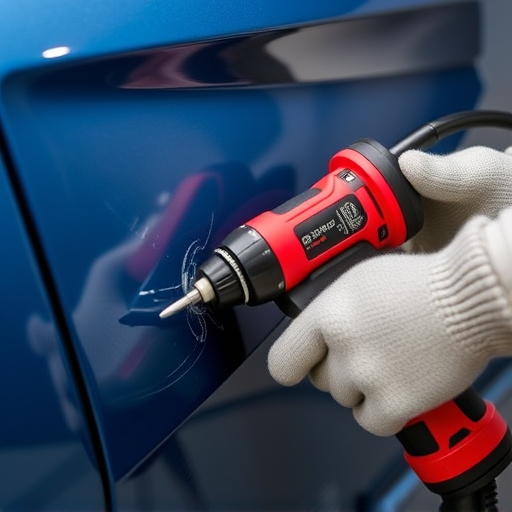
When selecting an adhesive for bonding techniques, several key factors come into play to ensure optimal results. Firstly, understanding the nature of the materials being bonded is essential. Different adhesives are suited to various substrates, such as metal, plastic, glass, or composite materials. Each material requires a specific adhesive with compatible properties to achieve a strong and durable bond. For instance, in auto bodywork and collision repair shops, where precision bonding is critical for car body restoration, a versatile yet high-performance adhesive is necessary to handle the diverse surfaces encountered.
Additionally, environmental conditions and application methods must be considered. Adhesives can be sensitive to temperature, humidity, and exposure to certain chemicals. For outdoor applications or in environments with varying weather conditions, weather-resistant adhesives are preferable. Moreover, the choice of adhesive should align with the desired bond strength, working time, and cure speed required for the specific bonding technique. These considerations collectively ensure that the selected adhesive is not only compatible with the materials but also facilitates efficient and successful adhesive bonding techniques in auto bodywork or car body restoration projects.
Common Types of Adhesives and Their Ideal Use Cases
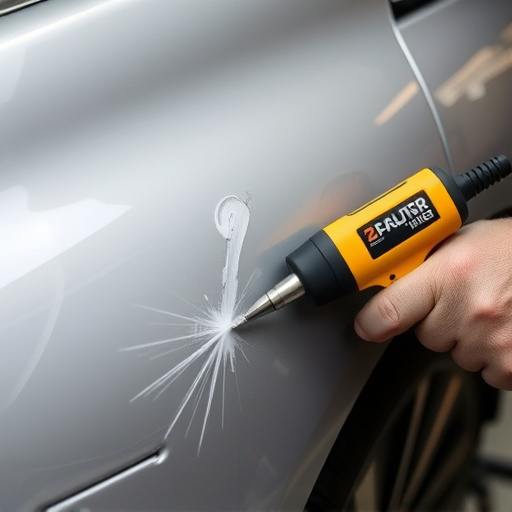
Adhesive bonding techniques have revolutionized various industries by offering strong and reliable bonds. When it comes to choosing the right adhesive, understanding common types and their ideal use cases is paramount. One of the most prevalent adhesives is cyanoacrylate, known for its instant bond strength and versatility. It’s often used in precision assembly tasks across multiple sectors, from electronics manufacturing to medical device production.
Epoxy adhesives are another popular choice due to their superior durability and resistance to extreme temperatures and chemicals. These adhesives are commonly employed in demanding applications like auto collision repair and car paint services, where a robust bond is essential for long-term performance. Polyurethane adhesives, with their excellent flexibility and adhesion to diverse surfaces, find use in body shop services for projects requiring intricate or curved bonds, ensuring a seamless finish.
When selecting an adhesive for your bonding technique, consider the material you’re working with, the desired bond strength, environmental factors, and cost. By understanding these key aspects, you can choose from the variety of adhesives available—from cyanoacrylates for rapid bonding to epoxy resins for high-strength applications—ensuring successful results in your adhesive bonding techniques.
